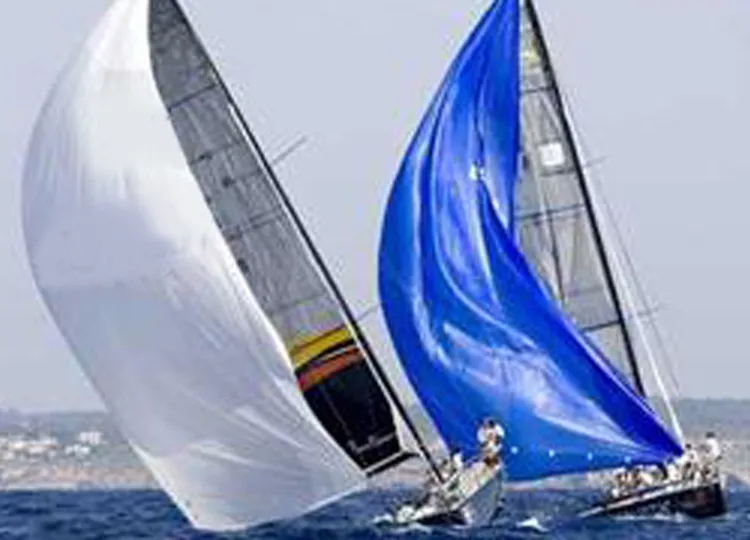Affordable Options for Single Needle Sewing Machine Prices and Features in 2023
The Impact of Price on Single Needle Sewing Machines
In the world of sewing, single needle sewing machines stand out for their versatility, ease of use, and ability to handle a variety of fabrics. As a fundamental tool in both home sewing and the garment industry, the price of single needle sewing machines varies significantly based on a multitude of factors. Understanding these factors can help potential buyers make informed purchasing decisions.
Understanding Single Needle Sewing Machines
Single needle sewing machines are designed to use a single needle and a bobbin to create stitches, making them ideal for straight stitching. Unlike more complex machines with multiple needles or attachments for specific tasks, single needle machines are generally simpler, making them more accessible for beginners. They are widely used for everything from creating simple garments to intricate quilting projects.
Factors Affecting Price
1. Brand and Model The brand of the sewing machine significantly influences its price. Renowned brands like Brother, Singer, and Janome often come with a higher price tag due to their reputation for quality and durability. Additionally, newer models tend to have advanced features that may justify a higher cost. Buyers might find entry-level models priced around $150 to $300, while high-end models can exceed $1,000.
single needle sewing machine price

2. Features The features offered by a sewing machine can drastically affect its price. Basic models may include only essential functions like straight stitching, whereas more advanced models offer features such as automatic needle threading, adjustable stitch length and width, and even computerized controls. Machines with additional features tend to be more expensive, as they provide greater flexibility for various sewing projects.
3. Construction Quality The materials and construction quality of a sewing machine play a crucial role in its longevity and performance. Metal internal parts often indicate a more robust machine that can handle frequent use, which could result in a higher price compared to those constructed primarily from plastic. While it may be tempting to opt for the cheapest option available, investing in a well-constructed machine can save money in the long run through fewer repairs and better performance.
4. Market Demand Pricing can also be influenced by market demand. During peak sewing seasons, such as the holiday season or back-to-school time, prices may increase due to higher demand. Conversely, during sales events or the introduction of new models, prices may drop, providing opportunities for savvy shoppers to snag a bargain.
5. Where to Buy The point of purchase can also affect prices. Buying directly from manufacturers, large retailers, or online platforms may yield different pricing structures. Online platforms often have competitive prices due to minimal overhead costs, while local sewing shops may provide additional services like machine classes or personalized fitting help.
Conclusion
In conclusion, the price of single needle sewing machines is influenced by a variety of factors including brand, features, construction quality, market demand, and the point of sale. For both beginners and seasoned sewers, understanding these factors can help navigate the plethora of options available and ensure that the machine purchased not only fits the budget but also meets individual sewing needs. As the sewing community continues to grow, so too does the diversity and availability of single needle sewing machines, making it an exciting time to invest in this timeless craft.
-
Leather Sewing Machine: The Industrial Standard for Tough MaterialsNewsJul.18,2025
-
Sail Making Machine: Heavy-Duty Stitching for Industrial and Marine NeedsNewsJul.18,2025
-
Sling Sewing Machine: The Backbone of Heavy-Duty FabricationNewsJul.18,2025
-
Leather Sewing Machine: Precision for Heavy-Duty StitchingNewsJul.18,2025
-
Big Bag Sewing Machine: Powering the Future of Bulk PackagingNewsJul.18,2025
-
FIBC Sewing Machine: Essential Equipment for Bulk Bag ProductionNewsJul.18,2025
-
Heavy Duty Leather Sewing Machine: A Must-Have for Professional LeatherworkNewsMay.28,2025





























